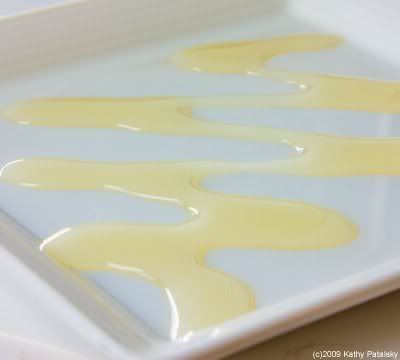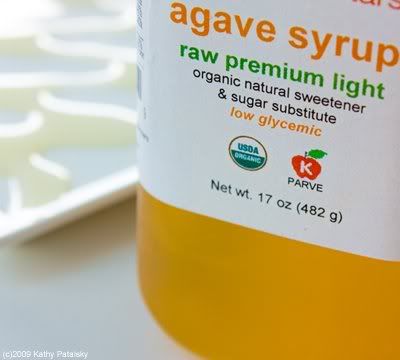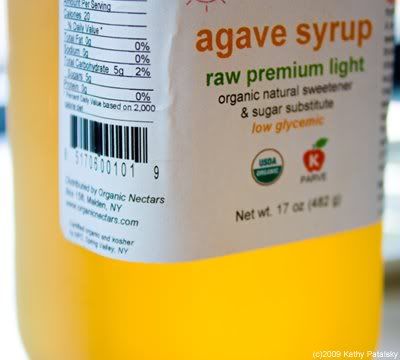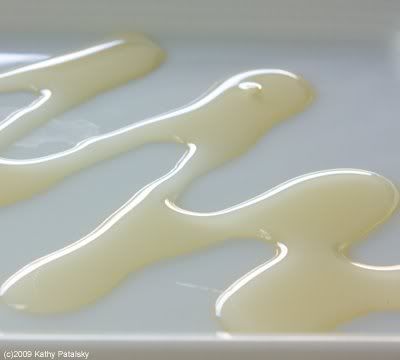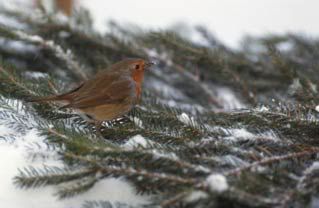http://feedproxy.google.com/~r/simplystephen/~3/KuhqavdV_6k/

30 ideas for reuse
Here’s a starter pack of 30 ideas for reuse of everyday common items.
- paper – take printed paper and make it into scrap notepads
- ziploc bags can be washed an reused repeatedly
- clothing can be turned into quilts, bags, blankets, dog beds, rags, pillows to name a few
- boxes & packaging try finding someone else to reuse your boxes with BoxCycle
- plastic bags have tons of uses, here’s a few ideas from green daily
- scrap wood can be used for kindling
- disposables – food containers, cups, pens, razors, paper towel
- mattress can be broken down or even used to soundproof
- tennis balls – 50 things you never knew you could do
- print cartridges – here’s some suggestions to reuse printer cartridges
- coat hangers – to charity or your local dry cleaner
- paper bags can be used to make popcorn or pack lunches
- rubber bands can be saved or donated to a local charity office
- rechargeable batteries – saves energy too
- business cards can be used to label boxes or as notepads
- newspaper can be used to clean windows or line kitty litter
- plastic food mesh can be used as suet holders or even made into scrub pads
- citrus peels can be frozen and used for zest or thrown into the fire for aroma
- cereal bags to restore food or to replace wax paper
- cd’s could be used as coasters
- bread tabs – everything has a unique use. Here’s some great ideas for bread tabs
- bread bags can wrap your other food or scoop your dog poop
- bread - instead of composting your old bread give it to the birds or squirrels
- plastic pop bottles make great bird feeders
- T-shirts are obvious as rags or patches
- shoe boxes are great containers for taxes or storing supplies
- toothbrushes become great scrubbers for shoes and cleaning around the house
- old carpet can be reused as mats or to make things / line things (at least donate it)
- broken or chipped dishes make great garden ornaments or planters
- seeds from fruit and veggies can be planted
Wants some more ideas for reuse, here’s a few terrific sites:



